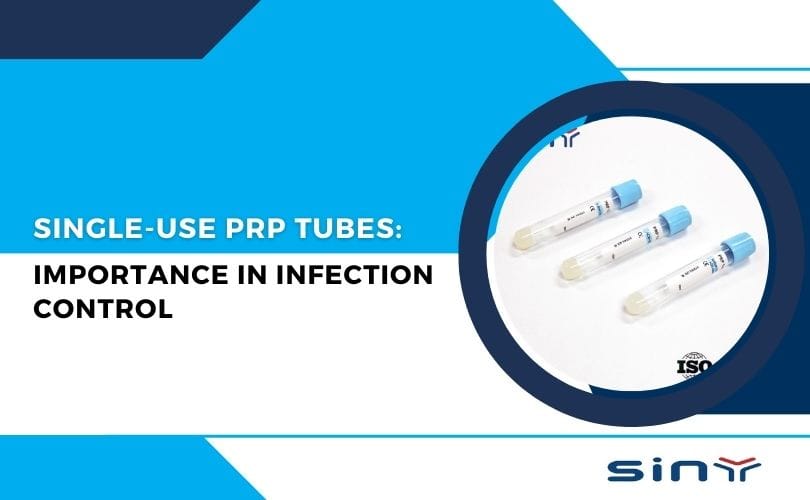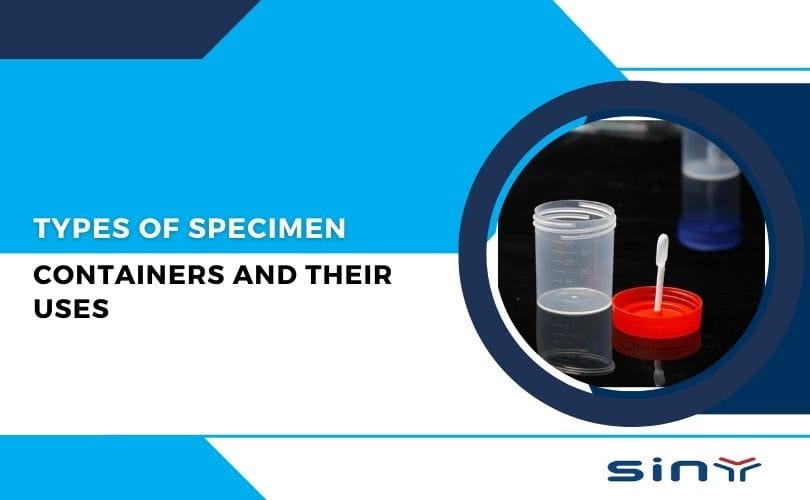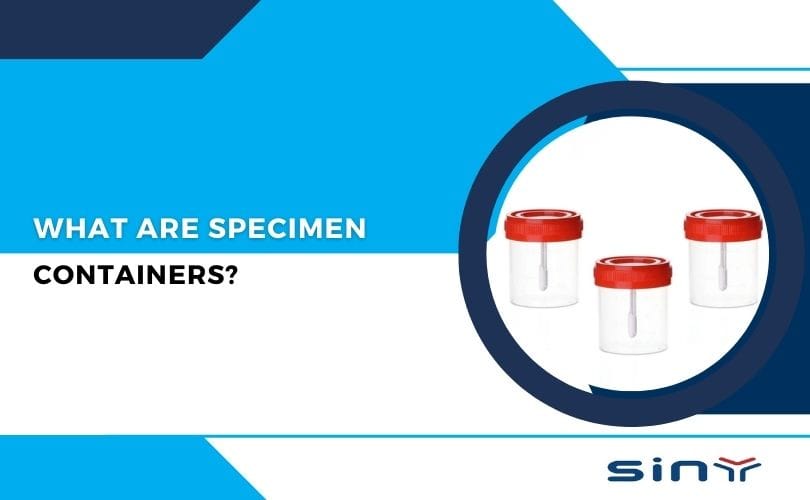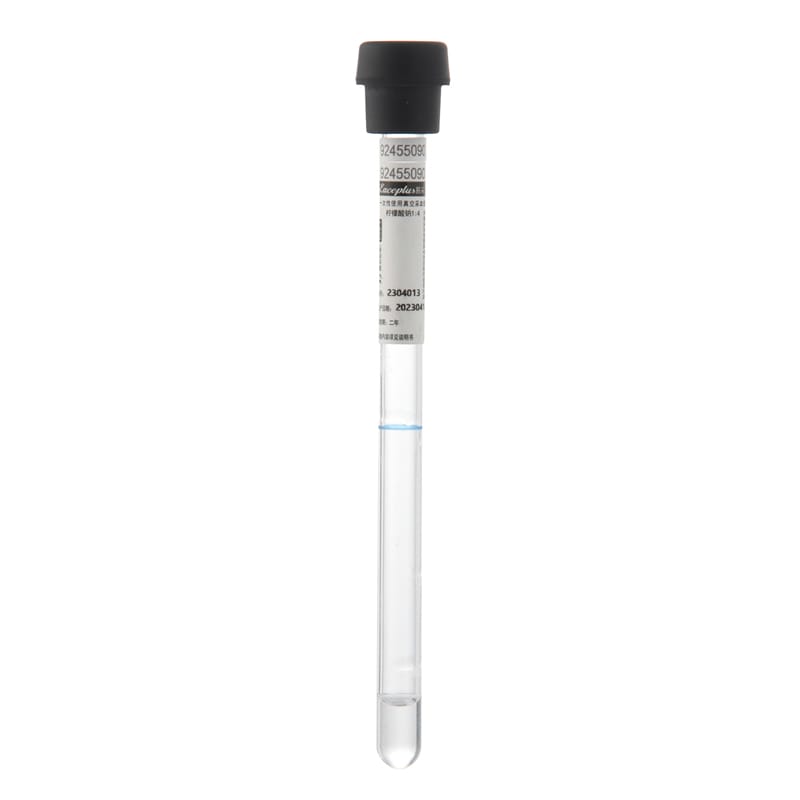Fluoride tubes are used for glucose tests because fluoride inhibits glycolysis, the process by which glucose is broken down by enzymes in the blood. Without fluoride, glucose levels in a blood sample can decrease as cells metabolize the glucose. Sodium fluoride acts as a preservative, maintaining the stability of glucose levels in the sample for accurate measurement.
Table of Contents
Fluoride Tube for Glucose Test
Fluoride tubes are used for glucose testing primarily because they contain sodium fluoride, which acts as a glycolytic inhibitor. This means that it helps to prevent the breakdown of glucose by inhibiting the glycolysis process that occurs in red blood cells after blood collection.

Here are some key points regarding the use of fluoride tubes for glucose tests:
- Preservation of Glucose Levels: Sodium fluoride stabilizes glucose levels in the blood sample, ensuring the concentration remains constant until analysis. This is crucial for obtaining accurate glucose measurements, especially when there may be a delay between collection and testing.
- Glycolysis Prevention: Glycolysis is the metabolic pathway that breaks down glucose. If not inhibited, this process can significantly decrease glucose concentration in the sample, resulting in inaccurate test results. Fluoride effectively inhibits this pathway, allowing for more reliable glucose testing.
- Recommended for Certain Tests: We particularly recommend fluoride tubes for tests like fasting blood glucose and glucose tolerance tests, where precise glucose measurement is essential for diagnosing conditions such as diabetes mellitus.
- Combination with Anticoagulants: Fluoride often combines with other anticoagulants, like potassium oxalate, to prevent blood clotting while preserving glucose levels.
- Timing Considerations: The effectiveness of sodium fluoride in inhibiting glycolysis is not immediate; it takes time to inhibit the glycolytic process fully.
When is a Fluoride Tube Used?
Medical professionals use fluoride tubes for blood glucose tests, especially during fasting glucose tests, oral glucose tolerance tests (OGTT), and random blood sugar tests. They also rely on these tubes in emergencies that require rapid and accurate glucose measurements, such as diabetic ketoacidosis or hypoglycemia. The presence of fluoride ensures that the results of these tests accurately reflect the patient’s blood sugar levels at the time of the sample collection without any artificial lowering caused by glycolysis.

Applications of Fluoride Tubes
- Glucose Testing: Fluoride tubes primarily serve for blood glucose testing because they contain sodium fluoride, which inhibits glycolysis. This prevents the breakdown of glucose in the blood sample, ensuring accurate glucose measurements.
- Diabetes Diagnosis and Management: These tubes are crucial for diagnosing diabetes and managing blood glucose levels. Accurate glucose readings help in making informed clinical decisions regarding patient care.
- Epidemiological Studies: Fluoride tubes help obtain reliable glucose measurements in large-scale studies, allowing researchers to assess the prevalence of diabetes in populations accurately.
- Preventing Pseudohypoglycemia: In neonates and other vulnerable populations, fluoride tubes help prevent falsely low glucose readings caused by rapid glycolysis, which can lead to misdiagnosis and inappropriate treatment.
- Quality Control for Glucometers: Fluoride tubes ensure the accuracy of glucometers by providing stable glucose samples for comparison with laboratory results.
- Research Applications: In clinical research, fluoride tubes maintain glucose stability during sample collection and processing, ensuring reliable data for glucose metabolism studies.
- Blood Collection for Critical Patients: Fluoride tubes are suitable for collecting blood from patients who are critically ill or unable to provide samples quickly, as they stabilize glucose levels for extended periods.
Conclusion
The fluoride tube’s role in glucose testing cannot be understated. It prevents glycolysis, ensuring accurate preservation of blood glucose levels from collection to analysis. This is especially important in managing conditions like diabetes, where precise blood sugar measurements are critical for effective treatment.
Fluoride tubes are essential for glucose testing as they help maintain the integrity of glucose levels in blood samples, providing accurate and reliable results for clinical assessments.
FAQs
How does fluoride inhibit glycolysis?
Fluoride inhibits the enzyme enolase, which acts late in the glycolytic pathway. This preserves glucose, even though enzymes earlier in the pathway may still be active
How does sodium fluoride work in preserving glucose levels?
Sodium fluoride inhibits the enzyme enolase, which is necessary for glycolysis, effectively halting the metabolic process and preserving the glucose level in the blood sample.
What are the limitations of fluoride tubes?
Fluoride tubes can cause slight hemolysis and are unsuitable for comprehensive metabolic panels. Proper handling and timely processing are necessary to minimize any potential issues.



























































